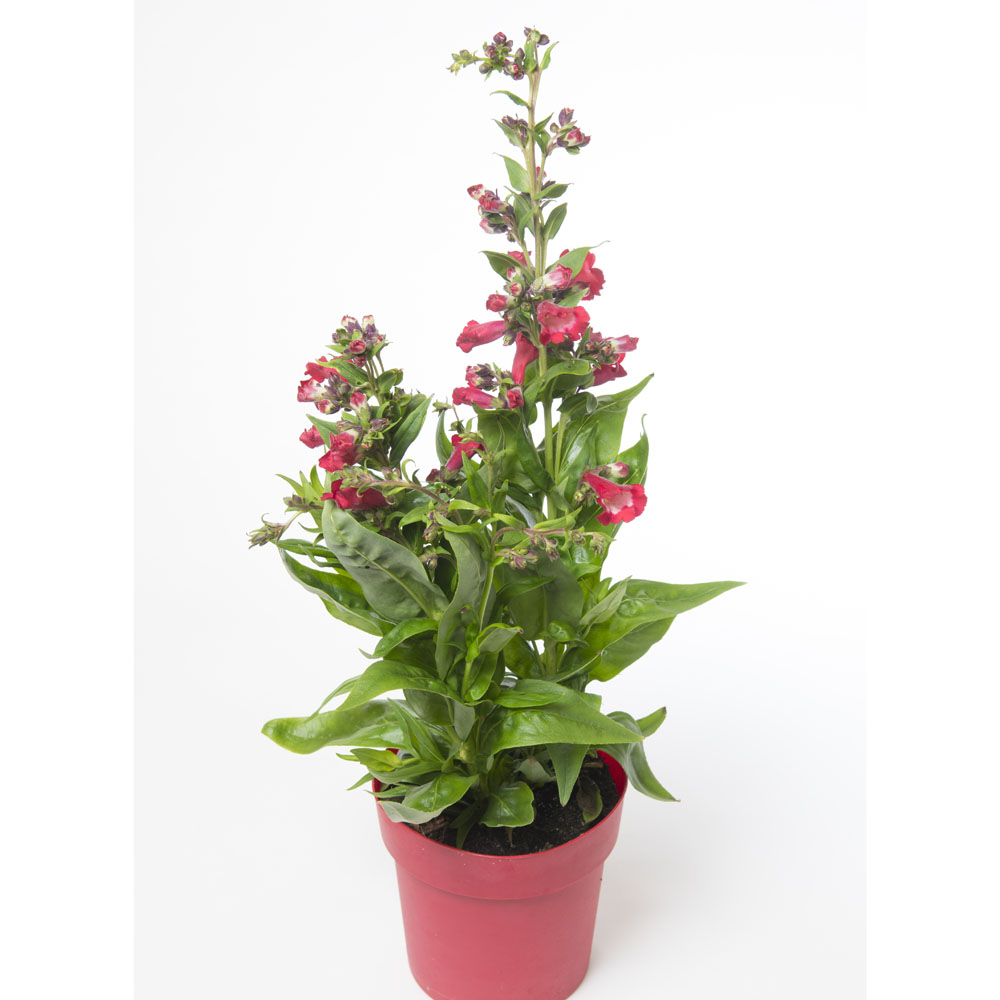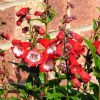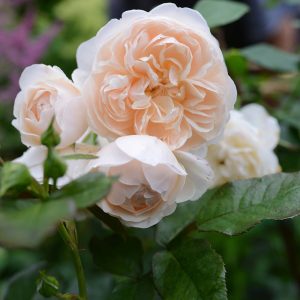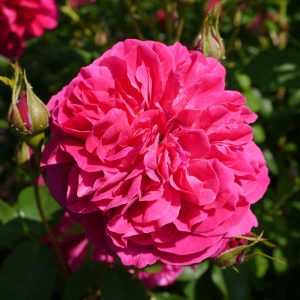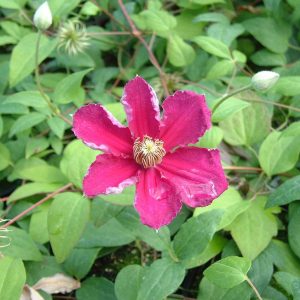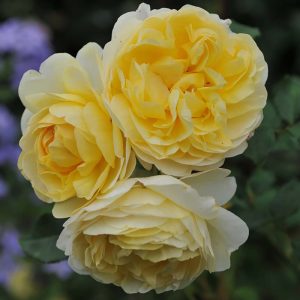Description
Penstemon hartwegii ‘Phoenix Red’ is a stunning herbaceous perennial with an upright, bushy habit. Growing up to 80cm tall and 45cm wide, it produces spikes of tubular, bright red flowers with white throats and yellow stamens, attracting bees and other pollinators to the garden. The foliage is lance-shaped and bright green, adding to the plant’s ornamental value. ‘Phoenix Red’ blooms from midsummer to early autumn and prefers well-drained soil in a sunny location. It is an excellent choice for cottage gardens, mixed borders, or container planting. Pair it with other sun-loving perennials like Echinacea, Rudbeckia, or Salvia for a vibrant and long-lasting display.
Key Facts
- Common Name(s):Beardtongue ‘Phoenix Red’
- Hardiness:Fully hardy through most of the UK
- How big will I get? Penstemon hartwegii ‘Phoenix Red’ can grow to a height of 0.8m and a spread of 0.5m.
- Did You Know That:Penstemon are sometimes called beardtongues due to the shape of their flowers?
Plant Calendar
A rough guide to how this plant will change through the year.
| Jan | Feb | Mar | Apr | May | June | July | Aug | Sept | Oct | Nov | Dec | |
| Flowering Time |  
|  
|  
|  
| ||||||||
| Foliage Colour |  |
 |
 |
 |
 |
 |
 |
 |
 |
 |
 |
 |
| J | F | M | A | M | J | J | A | S | O | N | D |
 
|  
|  
|  
| ||||||||
 |
 |
 |
 |
 |
 |
 |
 |
 |
 |
 |
 |
Care Guide

Soil Requirements
Penstemon hartwegii ‘Phoenix Red’ prefers soil with good drainage and does not tolerate standing water. This plant can grow in soil with a wide range of pH levels, it is not picky about the pH level of the soil.

Best Position
Penstemon hartwegii ‘Phoenix Red’ can handle either an exposed or a sheltered position and requires full sun to thrive, this consists of more than six hours of direct sunshine per day.

Maintenance
Penstemon hartwegii ‘Phoenix Red’ will benefit from deadheading after it finishes flowering this will help the plant by redirecting energy from seed production to flower and root production.

Pest, Diseases and Wildlife
Penstemon hartwegii ‘Phoenix Red’ can have problems with slugs, snails and aphids, it can be vulnerable to certain diseases such as grey mould, powdery mildew and leaf spot. It is also known to attract bees. It is not considered to be toxic.

